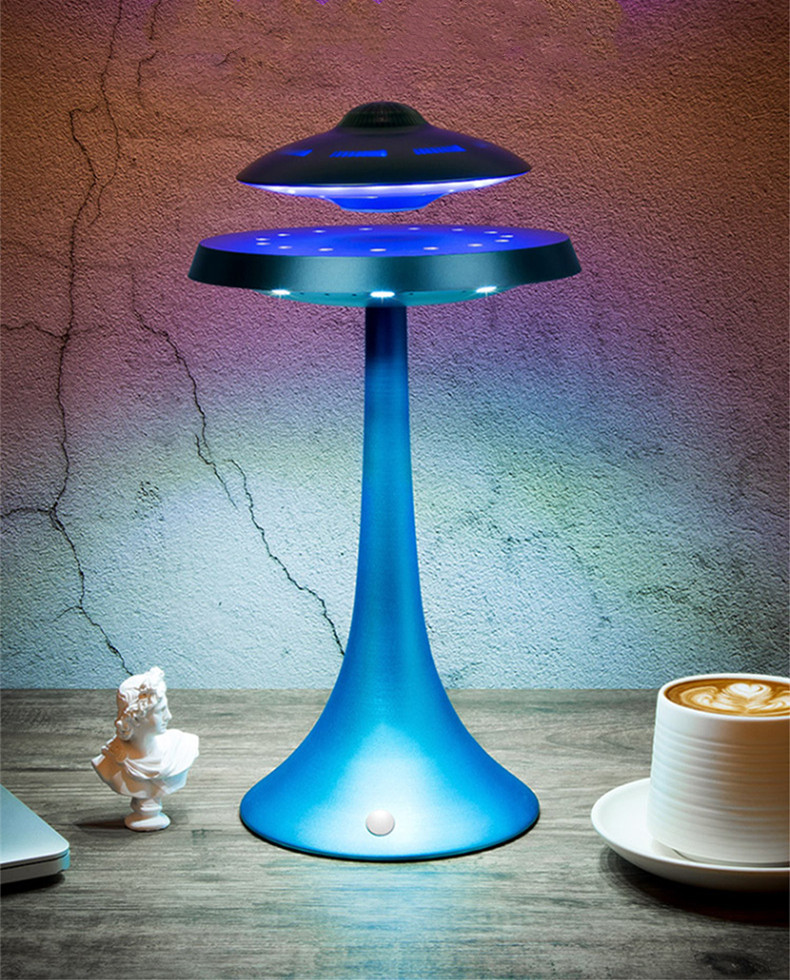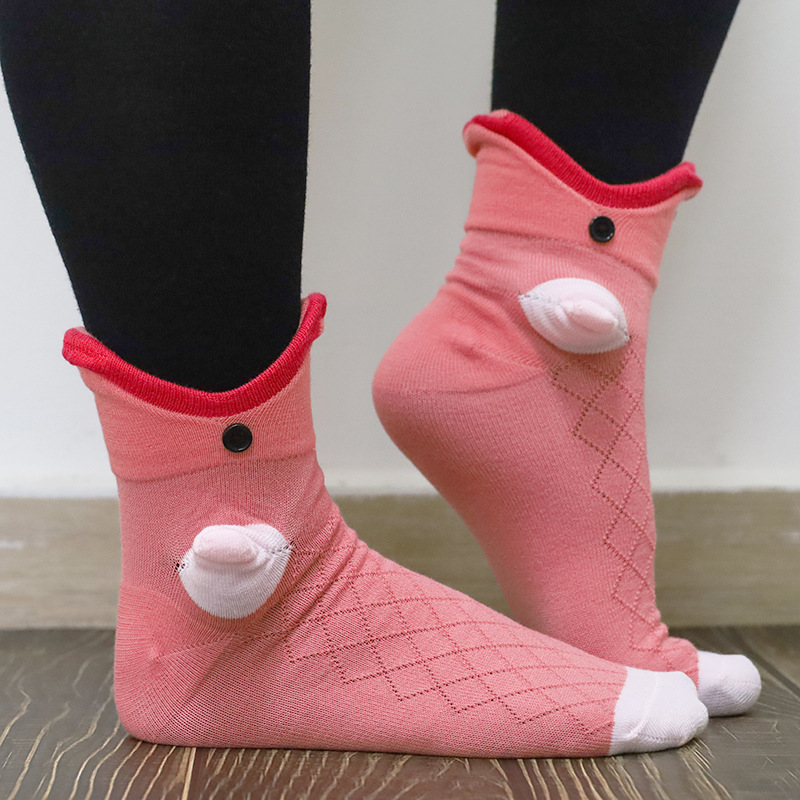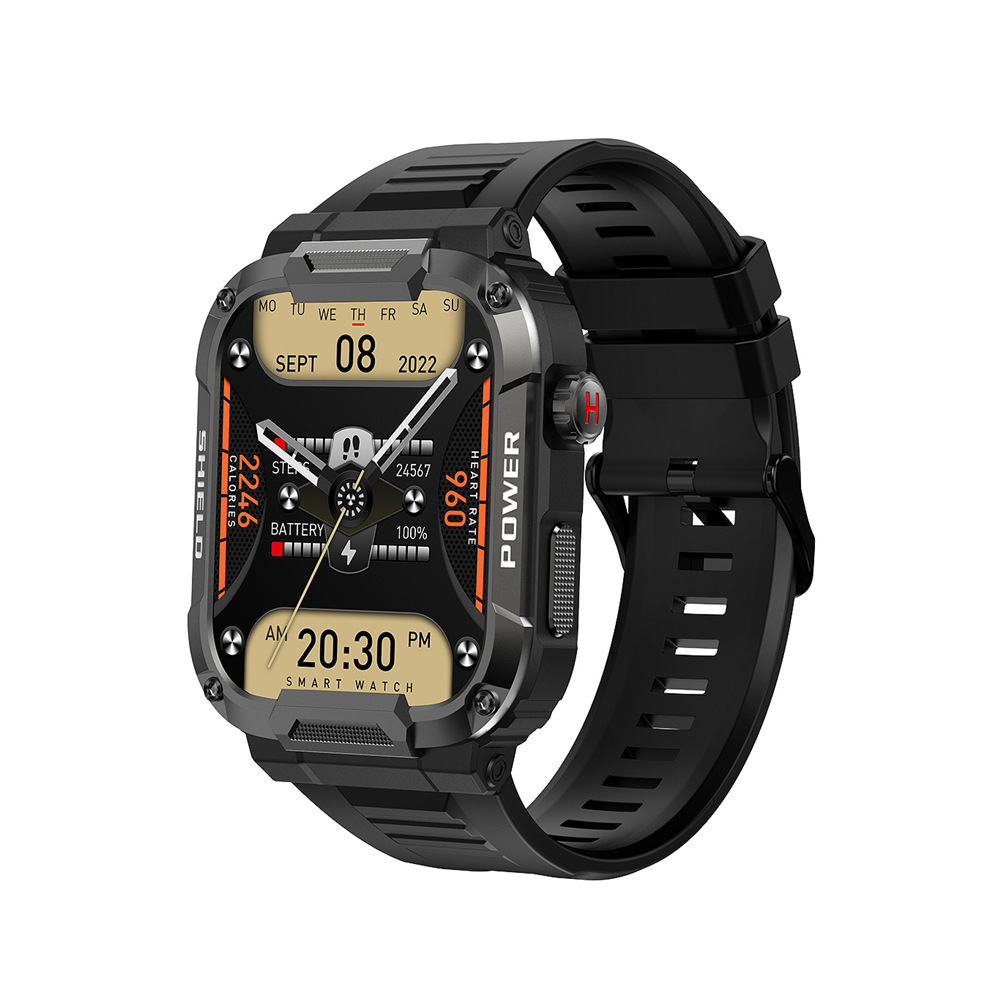Welcome to WordPress. This is your first post. Edit or delete it, then start writing!
MAKE YOUR WEEKEND DELICIOUS
Sed utgio perspiciatis unde omnis iste natus error sit voluptatem accusantium doloremque laudantium, totam rem aperiam, eaque ipsa quae ab illo inventore veritatis et quasi architecto beatae vitae dicta sunt explicabo.Nemo enim ipsam voluptatem quia voluptas sit aspernatur aut odit aut fugit, sed quia consequuntur magni dolores eos qui ratione voluptatem sequi nesciunt. Typography is the work of typesetters, compositors, typographers, graphic designers, art directors, manga artists, comic book artists, graffiti artists, and now—anyone who arranges words, letters, numbers, and symbols for publication, display, or distribution—from clerical workers and newsletter writers to anyone self-publishing materials.
As the capability to create typography has become ubiquitous, the application of principles and best practices developed over generations of skilled workers and professionals has diminished. Ironically, at a time when scientific techniques.

Until the Digital Age, typography was a specialized occupation. Digitization opened up typography to new generations of previously unrelated designers and lay users, and David Jury, head of graphic design at Colchester Institute in England, states that “typography is now something everybody does. As the capability to create typography has become ubiquitous, the application of principles and best practices developed over generations of skilled workers and professionals has diminished. Ironically, at a time when scientific techniques.
THE LIFESTYLE OF YOUNG GIRL
Sed utgio perspiciatis unde omnis iste natus error sit voluptatem accusantium doloremque laudantium, totam rem aperiam, eaque ipsa quae ab illo inventore veritatis et quasi architecto beatae vitae dicta sunt explicabo.Nemo enim ipsam voluptatem quia voluptas sit aspernatur aut odit aut fugit, sed quia consequuntur magni dolores eos qui ratione voluptatem sequi nesciunt. Typography is the work of typesetters, compositors, typographers, graphic designers, art directors, manga artists, comic book artists, graffiti artists, and now—anyone who arranges words, letters, numbers, and symbols for publication, display, or distribution—from clerical workers and newsletter writers to anyone self-publishing materials.
As the capability to create typography has become ubiquitous, the application of principles and best practices developed over generations of skilled workers and professionals has diminished. Ironically, at a time when scientific techniques.

Until the Digital Age, typography was a specialized occupation. Digitization opened up typography to new generations of previously unrelated designers and lay users, and David Jury, head of graphic design at Colchester Institute in England, states that “typography is now something everybody does. As the capability to create typography has become ubiquitous, the application of principles and best practices developed over generations of skilled workers and professionals has diminished. Ironically, at a time when scientific techniques.
Make Your Weekend Delicious
Sed utgio perspiciatis unde omnis iste natus error sit voluptatem accusantium doloremque laudantium, totam rem aperiam, eaque ipsa quae ab illo inventore veritatis et quasi architecto beatae vitae dicta sunt explicabo.Nemo enim ipsam voluptatem quia voluptas sit aspernatur aut odit aut fugit, sed quia consequuntur magni dolores eos qui ratione voluptatem sequi nesciunt. Typography is the work of typesetters, compositors, typographers, graphic designers, art directors, manga artists, comic book artists, graffiti artists, and now—anyone who arranges words, letters, numbers, and symbols for publication, display, or distribution—from clerical workers and newsletter writers to anyone self-publishing materials.
As the capability to create typography has become ubiquitous, the application of principles and best practices developed over generations of skilled workers and professionals has diminished. Ironically, at a time when scientific techniques.
Shop The Look
Until the Digital Age, typography was a specialized occupation. Digitization opened up typography to new generations of previously unrelated designers and lay users, and David Jury, head of graphic design at Colchester Institute in England, states that “typography is now something everybody does. As the capability to create typography has become ubiquitous, the application of principles and best practices developed over generations of skilled workers and professionals has diminished. Ironically, at a time when scientific techniques.
The Lifestyle Of Young Girls
Sed utgio perspiciatis unde omnis iste natus error sit voluptatem accusantium doloremque laudantium, totam rem aperiam, eaque ipsa quae ab illo inventore veritatis et quasi architecto beatae vitae dicta sunt explicabo.Nemo enim ipsam voluptatem quia voluptas sit aspernatur aut odit aut fugit, sed quia consequuntur magni dolores eos qui ratione voluptatem sequi nesciunt. Typography is the work of typesetters, compositors, typographers, graphic designers, art directors, manga artists, comic book artists, graffiti artists, and now—anyone who arranges words, letters, numbers, and symbols for publication, display, or distribution—from clerical workers and newsletter writers to anyone self-publishing materials.
As the capability to create typography has become ubiquitous, the application of principles and best practices developed over generations of skilled workers and professionals has diminished. Ironically, at a time when scientific techniques.
Shop The Look
Until the Digital Age, typography was a specialized occupation. Digitization opened up typography to new generations of previously unrelated designers and lay users, and David Jury, head of graphic design at Colchester Institute in England, states that “typography is now something everybody does. As the capability to create typography has become ubiquitous, the application of principles and best practices developed over generations of skilled workers and professionals has diminished. Ironically, at a time when scientific techniques.
20 Of The Best Fashion Blogs To Follow In 2021
Sed utgio perspiciatis unde omnis iste natus error sit voluptatem accusantium doloremque laudantium, totam rem aperiam, eaque ipsa quae ab illo inventore veritatis et quasi architecto beatae vitae dicta sunt explicabo.Nemo enim ipsam voluptatem quia voluptas sit aspernatur aut odit aut fugit, sed quia consequuntur magni dolores eos qui ratione voluptatem sequi nesciunt. Typography is the work of typesetters, compositors, typographers, graphic designers, art directors, manga artists, comic book artists, graffiti artists, and now—anyone who arranges words, letters, numbers, and symbols for publication, display, or distribution—from clerical workers and newsletter writers to anyone self-publishing materials.
As the capability to create typography has become ubiquitous, the application of principles and best practices developed over generations of skilled workers and professionals has diminished. Ironically, at a time when scientific techniques.
Shop The Look
Until the Digital Age, typography was a specialized occupation. Digitization opened up typography to new generations of previously unrelated designers and lay users, and David Jury, head of graphic design at Colchester Institute in England, states that “typography is now something everybody does. As the capability to create typography has become ubiquitous, the application of principles and best practices developed over generations of skilled workers and professionals has diminished. Ironically, at a time when scientific techniques.
5 Ways To Create A Denim Look Better
Sed utgio perspiciatis unde omnis iste natus error sit voluptatem accusantium doloremque laudantium, totam rem aperiam, eaque ipsa quae ab illo inventore veritatis et quasi architecto beatae vitae dicta sunt explicabo.Nemo enim ipsam voluptatem quia voluptas sit aspernatur aut odit aut fugit, sed quia consequuntur magni dolores eos qui ratione voluptatem sequi nesciunt. Typography is the work of typesetters, compositors, typographers, graphic designers, art directors, manga artists, comic book artists, graffiti artists, and now—anyone who arranges words, letters, numbers, and symbols for publication, display, or distribution—from clerical workers and newsletter writers to anyone self-publishing materials.
Typography is the work of typesetters, compositors, typographers, graphic designers, art directors, manga artists, comic book artists, graffiti artists, and now—anyone who arranges words, letters, numbers, and symbols for publication, display, or distribution—from clerical workers and newsletter writers to anyone self-publishing materials.
As the capability to create typography has become ubiquitous, the application of principles and best practices developed over generations of skilled workers and professionals has diminished. Ironically, at a time when scientific techniques.
2 in 1 T91 Smart Watch Wireless Bluetooth Headset
$68.00Overview: 1. Smart watch and TWS headphone two in one the T91 smart watch incude one smart watch and one pair TWS wireless bluetooth headset 2. Big Screen the watch had 1.4 inch full-touch screen,and the T91 support DIY watch face,You can use your favorite picture as a watch face 3. Aluminum-alloy body ,Great originality...
2-IN-1 Blackhead Remover Vacuum Pore Cleaner Acne Remover Mist Facial Sprayer Skin Mouisture Nose Face Deep Cleansing Skin Care
$39.00Overviews: Oxygen injection moisturizing flawless plastic skin Deep hydrating, the oxygen sprayer can transforming skincare Product information: Function: cleansing, whitening, skin rejuvenation, blackhead absorption, moisturizing Color: pink, sapphire blue Oxygen injection instrument: beauty instrument Blackhead Absorber: Moisturizer Product size: 193x408x363mm Suction strength: 30<=60KPa Suction gear: 3 gears, Water replenishment gear: 1 gear Charging voltage: 5V...
Blackhead Remover Pore Vacuum Cleaner Upgraded Blackhead Vacuum Rechargeable Face Vacuum Comedone Extractor Tool For Blackhead
$39.00 – $69.00Overview: MULTI-FUNCTIONAL & PROFESSIONAL – FIVE INTENSITY LEVELS AND 3 REPLACEABLE PROBES: There are five different levels of suction intensity, which ensures that pore cleaner is suitable for all skin types. 6 replaceable probes are designed to treat a number of skin conditions, take a multi-faceted treatment approach to acne and help blemish-prone users achieve...
Bookmark
$9.68This one's for our bookworms out there - introducing the personalized bookmark. Place your own creative ideas and slogans on this bookmark and create an excellent gifting choice for anyone with an insatiable literary appetite. Made with robust aluminum, features top slot that holds single pages in place..: Aluminum base and white front side.: Features...
Crystal Ball Cosmic Dinosaur Indoor Night Light USB Power Warm Bedside Light Birthday Gift Night Lamp
$59.00Overview: 1. Creates a warm and romantic atmosphere for your home and room 2. Clear and translucent crystal with a 3D process makes a dimensional pattern 3. Reliable materials for comfortable touch and safe use 4. Various innovative styles provide different options for you 5. Perfect gift choices and widely used for different occasions. Product...
Dad Hat with Leather Patch (Rectangle)
$23.75These personalized Dad hats come with an unstructured, six-panel, low-profile and a pre-curved visor for that signature look. Each hat features 100% bio-washed chino twill, a self-fabric, tri-glide buckle closure with antique brass - a detail that any dad would appreciate. .: Materials: 100% bio-washed chino twill (hat), 100% faux leather (patch).: Unstructured, six-panel, low-profile.:...
Until the Digital Age, typography was a specialized occupation. Digitization opened up typography to new generations of previously unrelated designers and lay users, and David Jury, head of graphic design at Colchester Institute in England, states that “typography is now something everybody does. As the capability to create typography has become ubiquitous, the application of principles and best practices developed over generations of skilled workers and professionals has diminished. Ironically, at a time when scientific techniques.
7 Things You Can’t Wear After Labor Day Read
Sed utgio perspiciatis unde omnis iste natus error sit voluptatem accusantium doloremque laudantium, totam rem aperiam, eaque ipsa quae ab illo inventore veritatis et quasi architecto beatae vitae dicta sunt explicabo.Nemo enim ipsam voluptatem quia voluptas sit aspernatur aut odit aut fugit, sed quia consequuntur magni dolores eos qui ratione voluptatem sequi nesciunt. Typography is the work of typesetters, compositors, typographers, graphic designers, art directors, manga artists, comic book artists, graffiti artists, and now—anyone who arranges words, letters, numbers, and symbols for publication, display, or distribution—from clerical workers and newsletter writers to anyone self-publishing materials.
As the capability to create typography has become ubiquitous, the application of principles and best practices developed over generations of skilled workers and professionals has diminished. Ironically, at a time when scientific techniques.

Until the Digital Age, typography was a specialized occupation. Digitization opened up typography to new generations of previously unrelated designers and lay users, and David Jury, head of graphic design at Colchester Institute in England, states that “typography is now something everybody does. As the capability to create typography has become ubiquitous, the application of principles and best practices developed over generations of skilled workers and professionals has diminished. Ironically, at a time when scientific techniques.
101 Beauty Tips Every Girl Should Know
Sed utgio perspiciatis unde omnis iste natus error sit voluptatem accusantium doloremque laudantium, totam rem aperiam, eaque ipsa quae ab illo inventore veritatis et quasi architecto beatae vitae dicta sunt explicabo.Nemo enim ipsam voluptatem quia voluptas sit aspernatur aut odit aut fugit, sed quia consequuntur magni dolores eos qui ratione voluptatem sequi nesciunt. Typography is the work of typesetters, compositors, typographers, graphic designers, art directors, manga artists, comic book artists, graffiti artists, and now—anyone who arranges words, letters, numbers, and symbols for publication, display, or distribution—from clerical workers and newsletter writers to anyone self-publishing materials.
As the capability to create typography has become ubiquitous, the application of principles and best practices developed over generations of skilled workers and professionals has diminished. Ironically, at a time when scientific techniques.
Shop The Look
Until the Digital Age, typography was a specialized occupation. Digitization opened up typography to new generations of previously unrelated designers and lay users, and David Jury, head of graphic design at Colchester Institute in England, states that “typography is now something everybody does. As the capability to create typography has become ubiquitous, the application of principles and best practices developed over generations of skilled workers and professionals has diminished. Ironically, at a time when scientific techniques.
Cool Spring Street Style Looks
Sed utgio perspiciatis unde omnis iste natus error sit voluptatem accusantium doloremque laudantium, totam rem aperiam, eaque ipsa quae ab illo inventore veritatis et quasi architecto beatae vitae dicta sunt explicabo.Nemo enim ipsam voluptatem quia voluptas sit aspernatur aut odit aut fugit, sed quia consequuntur magni dolores eos qui ratione voluptatem sequi nesciunt. Typography is the work of typesetters, compositors, typographers, graphic designers, art directors, manga artists, comic book artists, graffiti artists, and now—anyone who arranges words, letters, numbers, and symbols for publication, display, or distribution—from clerical workers and newsletter writers to anyone self-publishing materials.
As the capability to create typography has become ubiquitous, the application of principles and best practices developed over generations of skilled workers and professionals has diminished. Ironically, at a time when scientific techniques.
Shop The Look
Until the Digital Age, typography was a specialized occupation. Digitization opened up typography to new generations of previously unrelated designers and lay users, and David Jury, head of graphic design at Colchester Institute in England, states that “typography is now something everybody does. As the capability to create typography has become ubiquitous, the application of principles and best practices developed over generations of skilled workers and professionals has diminished. Ironically, at a time when scientific techniques.




































